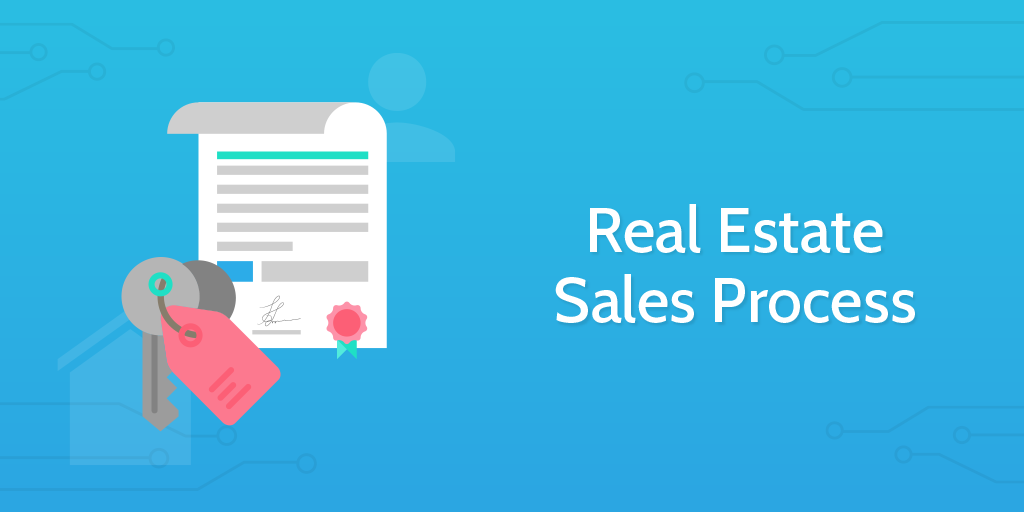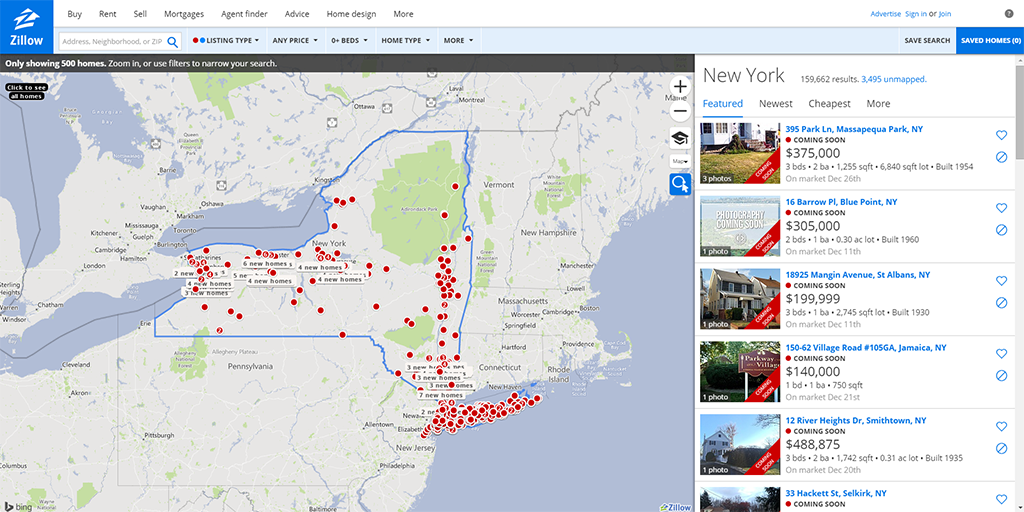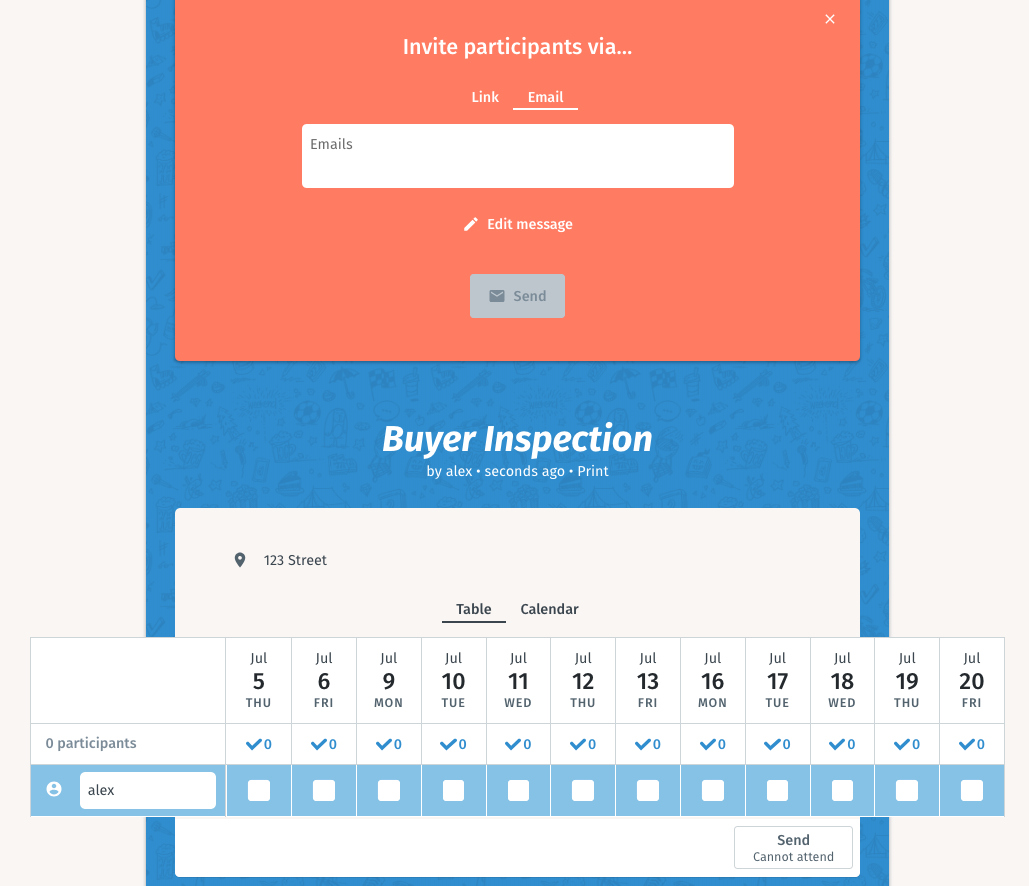89% of home sellers use real estate agents when selling their home. In theory, that's a solid number.
However, when you also consider that a massive 33% of those sellers would not use the same agent again you start to see a problem. The real estate sales process can be long, frustrating and precarious, and if not done correctly you stand a very good chance of alienating future custom.
However, here at Process Street, we've been working hard to write a collection of process documents which will help ease the pain.
By running through this checklist every time you start the sales process, you can be sure that no key details or opportunities are missed whilst getting the deal running smoothly.
In this checklist, there are links to separate workflows you can use to have more control over the sales process, like home staging and cleaning.
We also have articles on the best real estate apps and several other free real estate checklists for you to check out.
Ready to process a sale? Let's get started.












